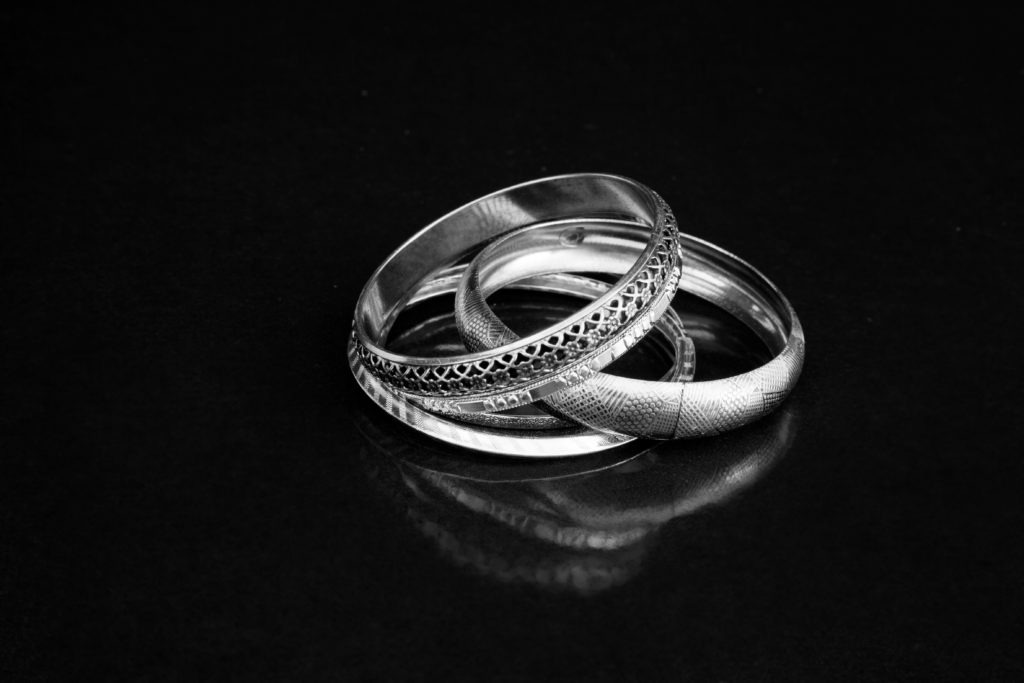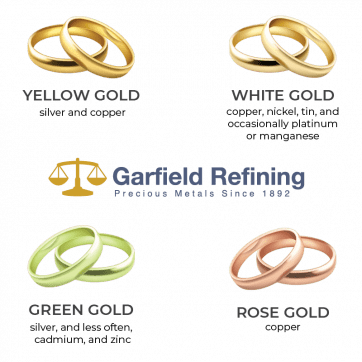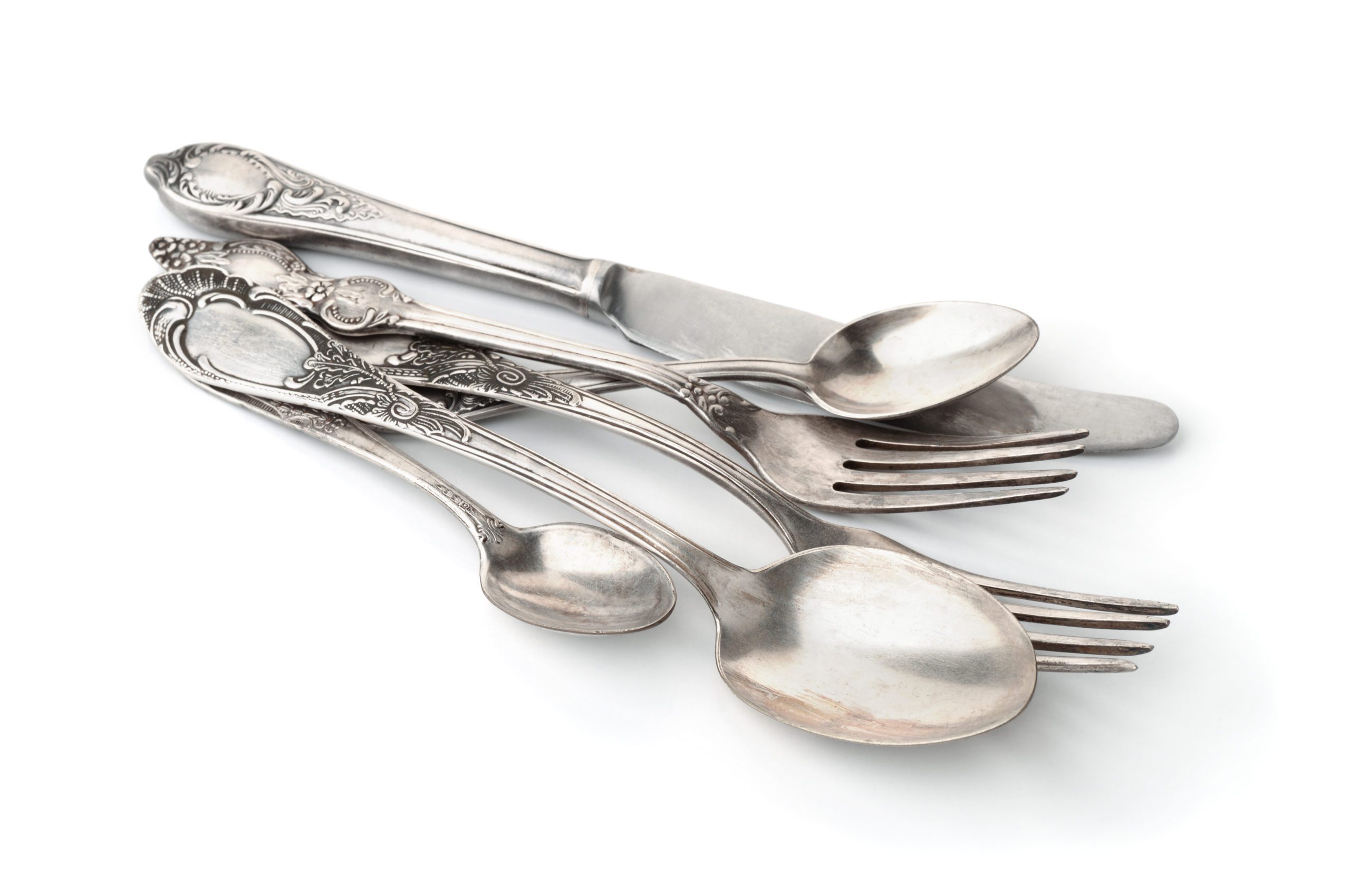
If you own precious metals, they will rarely be in pure form. That’s because an overwhelming majority of precious metals scrap like jewelry, dental crowns, and luxury watches comprise of precious metal amalgam, such as a gold or silver alloy.
An alloy is a substance made by combining two or more chemical elements. At least one of the elements is metal. Alloys may contain metals or non-metals, but they usually display the common properties of a metal.
More than 90% of commercial metals are alloys. Industries use alloys because their chemical and physical properties are superior to metals in pure form.
What is an Alloy?
As we mentioned, alloys are made by combining chemical elements. The catch is that one of the elements must be a metal. So, metallurgists combine elements to make alloys. When the elements cool off, the alloy crystallizes into a solid substance, and it can no longer separate by physical means.
The primary metal in an alloy is called the base or solvent. Secondary alloy elements are called solutes, with undesirable elements dubbed impurities.
Why Are Alloys More Useful Than Pure Metals?
Alloys have many advantages over pure metals. When elements combine to form an alloy, they have many superior chemical and physical properties such as:
- Improved corrosion resistance
- Better heat resistance
- Improved durability
- Hardness, and
- Sometimes unique electrical or magnetic properties.
Industries sometimes use alloys simply because they’re more cost-effective than pure metals. This is a popular choice because an alloy retains the critical properties of a pure metal but is less expensive, gold is very rare after all.
What Are Some Common Alloys?
Alloys are more common than you may imagine. Numerous types of metals you’ve used and come into contact with are probably alloys.

Examples of common alloys include:
- Stainless steel. This common alloy contains at least 10.5% chromium, less than 1.2% carbon, and other alloying elements. The addition of chromium makes stainless steel more corrosion-resistant.
- Sterling silver. The standard sterling silver alloy is 92.5% silver and 7.5% copper. Adding copper to silver makes sterling silver stronger and more durable in products like jewelry and silverware.
- White gold. This alloy typically comprises of 75% gold and about 25% nickel and zinc. White gold was initially made to imitate platinum, which is a naturally white metal.
- Bronze. This “red metal” usually consists of copper and several other alloys. The alloy used is typically tin, but other elements added to make bronze include aluminum, arsenic, phosphorous, and silicon. All these alloys make bronze much harder and more durable.
There are so many different types of alloys that it would be impossible to list them all. Other common alloys in the precious metal world include 18 karat gold, rose gold, Britannia silver, electrum, platinum sterling, and titanium gold.
Alloys and the refining process
The refining process is integral in separating pure metals from their secondary counterparts. It takes products containing precious metals like jewelry or dental scrap and isolates the metals, then places them back into more purified states for recirculation. Precious metals refining is akin to a recycling method; it can recover precious metals from almost any organic material.
For example, if you send Garfield Refining a piece of gold jewelry with an alloy that’s 92.5% gold and 7.5% silver, the refinery will isolate the two elements. Then, the refinery will pay you for the gold and silver the jewelry contains based on their daily spot prices.
CLICK HERE to sell unwanted gold, silver, platinum, and palladium.
Look no further than Garfield Refining when considering where to sell your unwanted precious metal scrap. Established in 1892, Garfield has more than a century of experience satisfying customers and refining precious metals.
Leading dentists have voted us North America’s “Best Dental Refiner” for the past 11 years straight!
Bookmark Garfield’s blog and stay tuned for more helpful and entertaining articles about precious metals, such as 3 Fun Facts about Platinum, How to Sell Dental Gold, and Does Fort Knox Still Have Gold?

